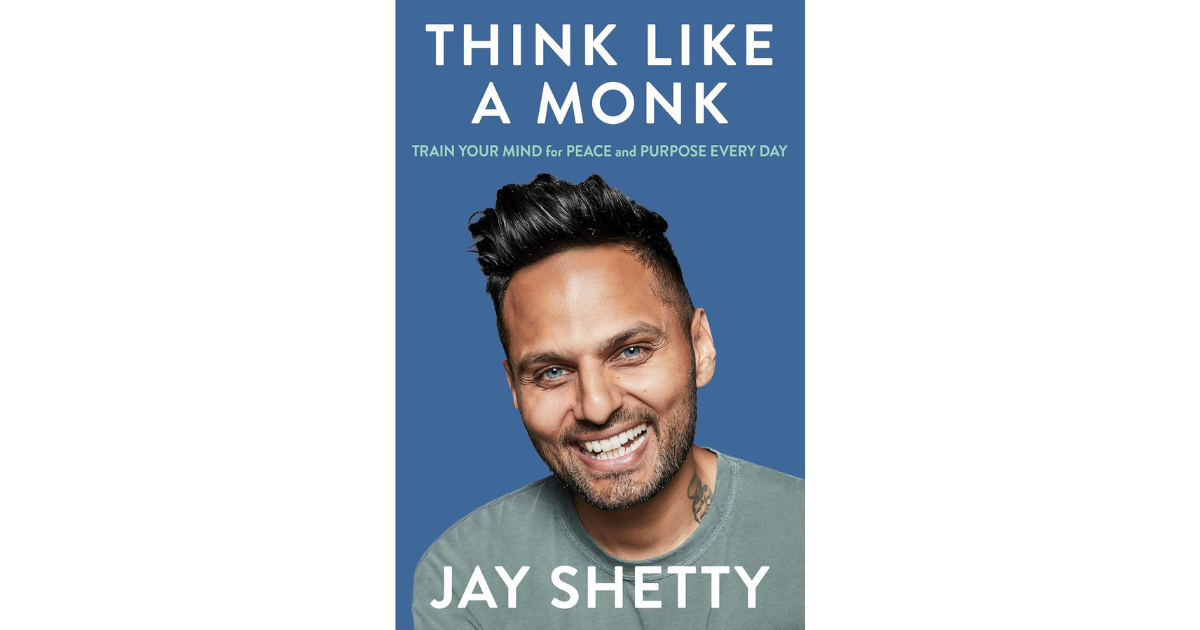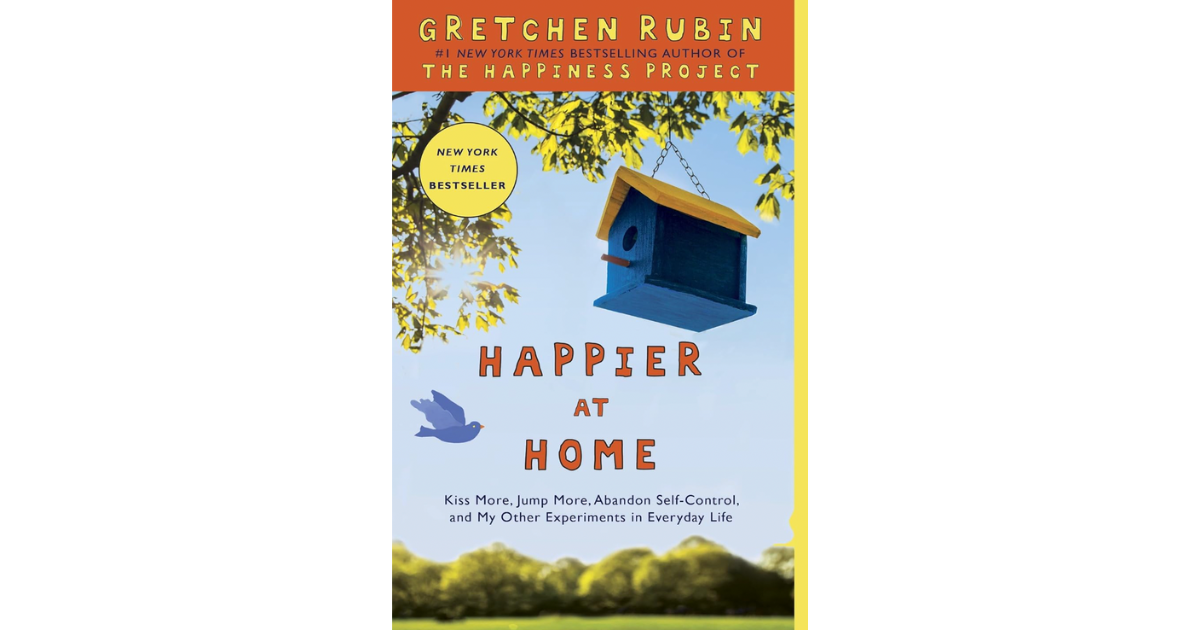Business Book Review: You Are a Brand! by Catherine Kaputa
You Are a Brand! is a dazzling display of personal branding expertise. It will teach you to maximise your most valuable asset - You.
My Rating: ★★★★★
Length: 272 pages
Publisher: Nicholas Brealey Publishing
Released: 2012 (originally published 2006)
Key Takeaways for Personal Branding
The original version of Kaputa’s You Are a Brand! was first released in 2006. As is the beauty of personal branding and as Kaputa describes, ‘some things never change’.
Kaputa brings two decades of elite branding and advertising expertise to personal branding. She worked in New York City on Madison Avenue and Wall Street. Impressively, her first job was with branding gurus, Al Ries and Jack Trout. Kaputa even managed the ‘I love New York’ account.
In You Are a Brand!, she helps you harness your ‘soft power’.
Hard Power versus Soft Power
In branding, Kaputa proposes soft power is most valuable.
Hard power: The tangible things like bricks and mortar, equipment and inventories.
Soft power: Reputation, ideas, intellectual capital, consumer relationships and business alliances.
“Branding for people is about finding your Big Idea—your unique selling proposition (USP). You want to represent something special—a belief system you stand for that sets you apart from others. This could be made up of your point of view, your vision, your style, even your mystique—the X Factor that makes you special and relevant.”
Kaputa’s consideration of all aspects of personal branding is among the most thorough I’ve seen, with many concepts worth noting.
Self-brand Strategies
Kaputa proposes ten self-brand strategies to explore for your personal brand:
Be the First
Be the Leader
Take the Anti-leader Position
Own an Attribute
Use a Magic Ingredient or Invent a New Process
Be the Expert
Be Preferred
Set a High Price
Use Your Special Heritage
Own a Cause
The Power of Words
What’s in a name?
Kaputa explores the power of verbal identity in depth. This includes one of the most interesting discussions of names I’ve seen in personal branding.
One study showed a group of men a photo of two women. The group voted and ranked both women’s beauty equally. The researcher gave another group names for the women. One was Elizabeth and the other was Gertrude. This time, ‘Elizabeth’ gained a 30-point lead in the contest.
The study demonstrates what social scientists describe as ‘Expectancy Theory’ or the ‘Pygmalion Effect’. With an unattractive name, people don’t expect you to be attractive despite what they see.
Even names, which you likely have had little control over, can be ‘packaged’. Generic names can be made unique by:
Using your middle name as your brand e.g. Angelina Jolie Voight became Angelina Jolie (meaning pretty in French).
Use a quirky nickname
Use your middle name e.g. Sarah Jessica Parker
Use a double-barrelled last name e.g. Catherine Zeta-Jones
Use initials e.g. J.K Rowling.
Spell common names in an uncommon way
Hang your hat on one name e.g. Oprah
Modify to add flair or a foreign accent
Simplify your name e.g. Jennifer Anistonopolous became Jennifer Aniston
Totally make it up
Make a bad name work - embrace its quirky quality.
Speak for effect, not just facts.
The power of words extends beyond just your name. Among many valuable concepts, Kaputa reminds you to speak for effect, not just facts.
Abraham Lincoln is highlighted as an example of this. While the average person speaks 150-160 words per minute, Lincoln spoke 105-110 words per minute. He also mastered editing and condensing. The Gettysburg Address was about two minutes long. The photographer was still setting up to take the photo when Lincoln finished.
Lincoln also used literary devices such as alliteration, assonance and organising in three e.g “of the people, for the people, by the people”.
Visual Identity
Kaputa’s discussion around visual identity is an honest one - appearances matter.
As research has shown, attractive people have the advantage of the ‘halo effect’. ‘Good-looking’ people are seen to also be smarter, more likeable, talented and successful. The good news for everyone is conventional ideas of ‘attractive’ are evolving. And attractive can simply be different or something packaged as ‘interesting’.
This can often relate to your signature style:
“Strong visual identities are a quick read. And clothes are one of the quickest ways to communicate a message about who you are. Clothes often offer more insight than your curriculum vitae. Choose your clothes and personal style to communicate what you want to say about yourself. Clothes are a visual symbol of who you are.”
With attention to detail, Kaputa also suggests a signature item - a trademark that people can associate with you.
Favourite Quotes
In the personal-branding mindset, you are your most important asset—an asset, like education, that no one can take away from you. Personal branding shows you how to maximize the value of that asset, both in terms of self-actualization—becoming who you can be—and in terms of human capital—maximizing the financial value of your career. Yet personal branding is not taught in school and has become the most neglected aspect of education.
But self-branding doesn’t benefit just you, and it’s a mistake to think of it only in terms of self-promotion. Self-branding is a strategic process that benefits the company you work for or are building. It shows you how to bring more value to your company, your clients, and your projects by being focused and strategic, by having top-notch communication, sales, and marketing skills, and by having a valuable network of business and personal contacts.
The only people who haven’t made mistakes are people who never did anything, and that’s a mistake, too.
Business success, like brand success, depends on what other people think about you. If people think you are a dynamic business leader, you are. If people think you’re a B player, you are (until you change their perceptions). It doesn’t matter what is “objectively” true. Perception is reality.
Self-branding is more than your name, identity, and image. It is everything you do to differentiate and market yourself, such as your messages, self-presentation, and marketing tactics.
It’s a myth to think that you’ll be rewarded solely on the basis of your hard work. And if you don’t brand yourself, someone else will.
In You Are a Brand!, Kaputa leaves no stone unturned in her discussion of personal branding. Through evergreen principles of personal branding, nearly two decades on, it’s still as relevant today. You Are a Brand! should be mandatory reading for all professionals and students. No matter what your industry, whether you’re employed or an entrepreneur. It will teach you to maximise your most valuable asset - You.
You Are a Brand! by Catherine Kaputa: Available on Amazon.




